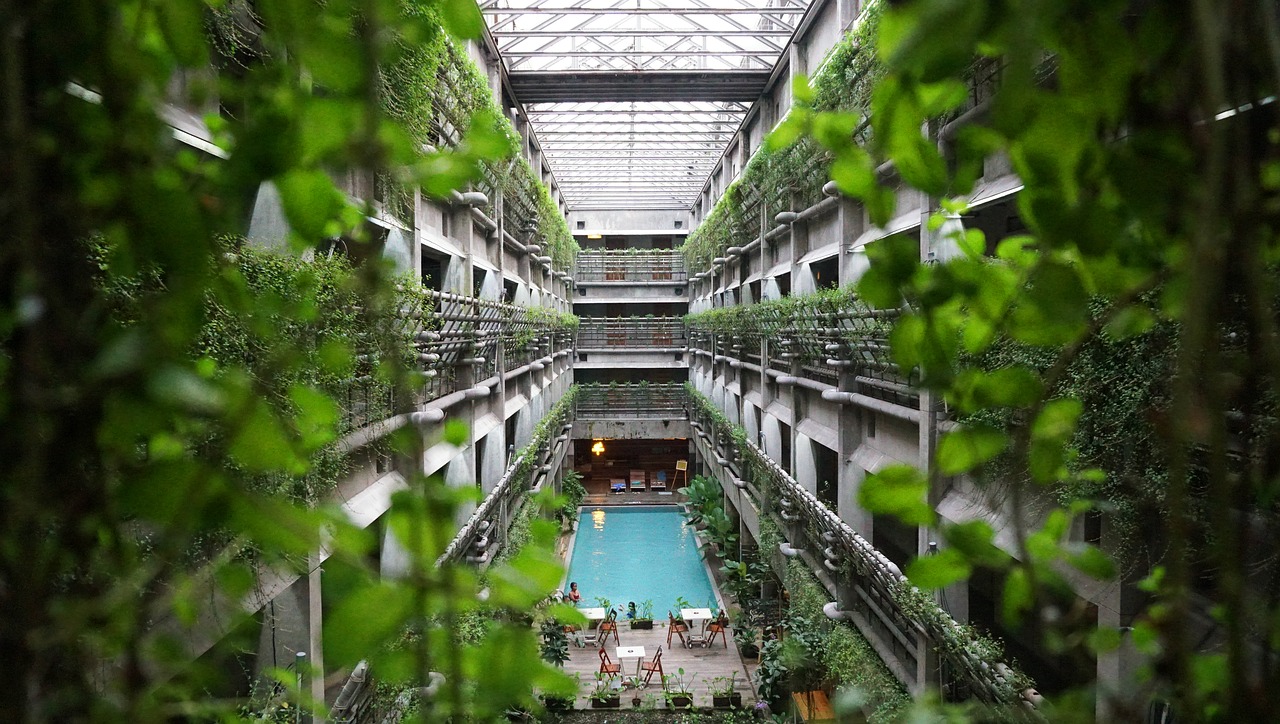5 Frequently Asked Questions About Green Building
/Guest post by Derek Lotts
We all know that today it’s all about going green. Homeowners are aiming to lower their energy consumption and large companies are trying to reduce their waste. And things aren’t different when it comes to building. In fact, the term “green building” has become quite popular among the people in the industry. Still, not too many people know exactly what green building is all about. That’s why we’ll be kicking things off by covering the basics with a list of 5 frequently asked questions about green building. Make sure you stay tuned.
What do we mean by green building?
Photo credit: Sherra Triarosdiana via Pixabay
The environmental damage is the result of how we’ve been building during the last 100 years. Architects, designers and building professionals all realized that something had to be done in order to reduce our impact on the environment. And green building is what’s going to help us do this. It’s a way of designing new buildings to reduce energy use, save water, improve air quality and generally rely less on natural resources. Even though this concept has been around decades, it was only a couple of years ago that we began to see the explosive growth of green building.
How do I know if a material is green or not?
One of the biggest obstacles in green building is searching for green materials that can aid the cause. Of course, it’s not all black and white when it comes to green materials. And while there are no perfect green materials, there are many kinds of materials that are much more environmentally-friendly than the ones people in the building industry have been using for years. Therefore, talking to professionals who can help you is always recommended when you’re in need for materials that don’t harm the environment too much.
Where can I find green materials?
Photo credit: Chris Barbalis via Unsplash
Even once you identify the materials you want to use when going green, you still have to find them in order to be able to execute the project. Many people have been complaining about how they can’t find green materials nearby. Luckily, we finally have systems such as LEED and Energy Star that make finding green materials much easier. Also, with the rise of the internet, people finally have a chance to communicate with others who care about saving the environment, which makes finding suitable materials even easier.
Is there any code when it comes to green building?
It’s easy to assume that there’s a building code that favors green materials, since these materials have the power to preserve nature as we know it. The truth is, building codes only have a minor influence on the kinds of finishes and fixtures that builders may use. Therefore, many homeowners and building companies decide to use cost-saving materials, which usually aren’t that green. No matter what kind of materials you want to use, it’s always a good idea to talk to authorities in your local jurisdiction, just to make sure you’re allowed to use the materials you want.
What’s going to happen with green building?
Photo credit: 贝莉儿 NG via Unsplash
With green building on the rise, we’re hoping to see some new changes in the building industry that are going to help us be even more environmentally-friendly. For example, skyscrapers aren’t really the embodiment of green building, but this could change if contractors go an extra mile and embrace solutions companies such as TDK formwork offer. On top of that, architects and designers should be open to some new ideas and be ready to design buildings in a more environmentally responsible manner.
Hopefully, we’ll all try to change the way we build as we become more knowledgeable about how important it is for the long-term stability of the environment to go green, using more environmentally friendly building materials and designs. Of course, this is just one way to aid the environment, and there are many other ways we can contribute to green building practices.
Derek Lotts is Advisory Editor at Smooth Decorator , he writes about décor, gardening, recycling, ecology and everything related to home improvement. He thinks all these fall under self-improvement. He believes in the power of sharing ideas and communicating via the internet to achieve betterment.








































